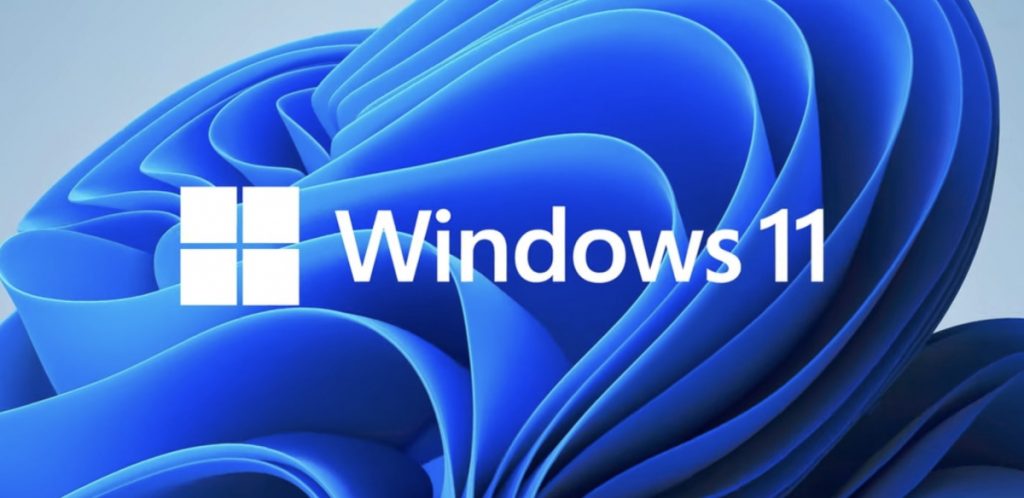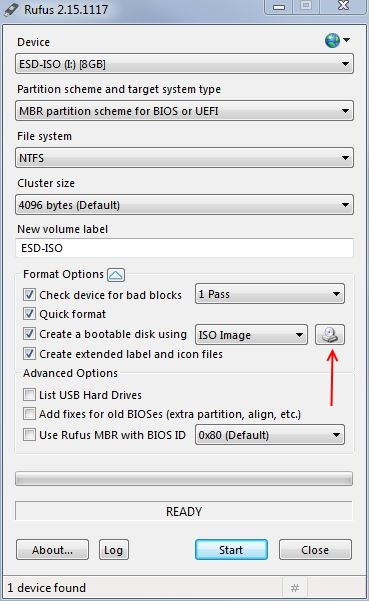
Here is how you can Bypass the Windows 11 Installation Restrictions
The latest major release of Microsoft’s Windows Operating System for consumer PCs, Windows 11 came as a brand new release late last year. It came as a free upgrade for all the PCs with a valid Windows 10 license and was available to download for everyone in October.
However, there was a big catch with the free upgrade; it would only be available to PCs that met certain criteria. While the specification requirements, which included 4 GB of RAM, 64 GB or larger storage, and a processor with 1 gigahertz (GHz) or faster with 2 or more cores on a compatible 64-bit processor or System, weren’t much, the bigger issue was its need for a specific chip, called Trusted Platform Module (TPM) (2.0 or more) and not every PC has that. You can read the full list of requirements for Windows 11 over here.
Fortunately, there’s now a solution to this problem, which allows you to bypass the restrictions and install Windows 11 on your PC, thanks to a tool called Rufus.
Rufus’ latest update can remove the requirement of an online Microsoft account and it can even bypass computers that lack TPM 2.0 (including Intel Macs).
Bypass Windows 11 Installation Restrictions Using Rufus
Download
- Rufus 3.19 (1.3 MB)
- Rufus 3.19 Portable (1.3 MB)
- Other versions (GitHub)
- Other versions (FossHub)
You also need to download the Windows 11 ISO image. You will need to search for it and download it from the internet.
Requirements
- A USB at least 16 GB or more
- Windows 7 or later, 32 or 64-bit doesn’t matter. Once downloaded, the application is ready to use
Installation
- Download the RUFUS executable file from the link given in the download section.
- Run the executable.
- Plug in your USB and in the Device section, select your USB drive in Device.
- Press the disk icon, as shown in the screenshot below, and select the Windows 11 ISO image you downloaded earlier, and for the rest of the configuration, copy the configuration from the screenshot below.

That’s it. Press Start and let the process complete. Once it is done preparing a bootable USB, you can unplug the USB drive.
Next, you can use this USB to install Windows 11 on a PC and it will install it by bypassing the Windows installation restrictions. You can do it by restarting the PC, accessing the boot menu, and booting through the USB.

